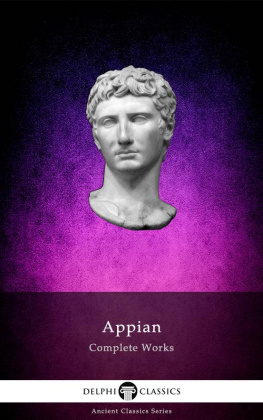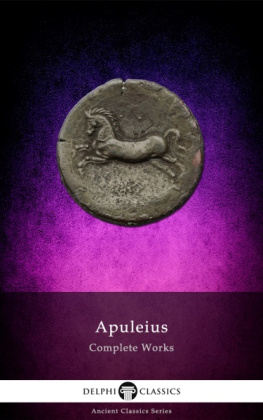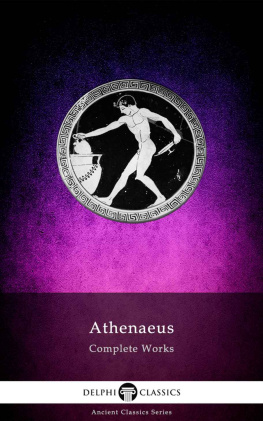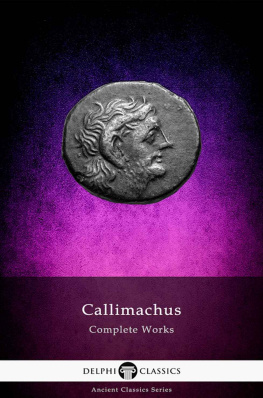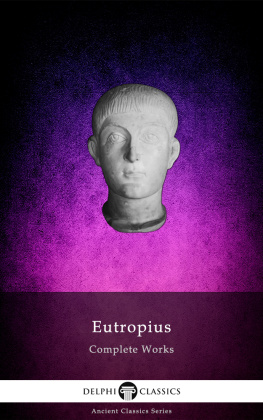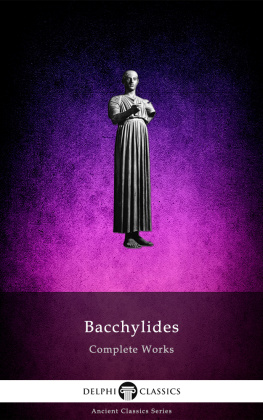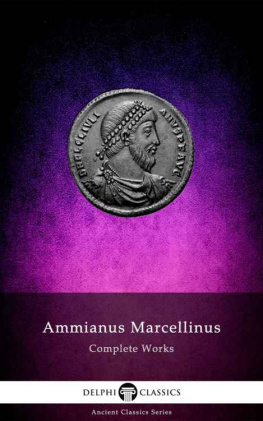The Complete Works of
MANETHO
(fl. 3rd century BC)

Contents

Delphi Classics 2018
Version 1

The Complete Works of
MANETHO

By Delphi Classics, 2018
COPYRIGHT
Complete Works of Manetho
First published in the United Kingdom in 2018 by Delphi Classics.
Delphi Classics, 2018.
All rights reserved. No part of this publication may be reproduced, stored in a retrieval system, or transmitted, in any form or by any means, without the prior permission in writing of the publisher, nor be otherwise circulated in any form other than that in which it is published.
ISBN: 978 1 78656 394 1
Delphi Classics
is an imprint of
Delphi Publishing Ltd
Hastings, East Sussex
United Kingdom
Contact: sales@delphiclassics.com

www.delphiclassics.com
The Translations

Sebennytos, an ancient city of Lower Egypt, located on the Damietta branch of the Nile in the Delta; modern day Samannud Manethos birthplace
AEGYPTIACA

Translated by W. G. Waddell
Manetho was an Egyptian priest that flourished in the third century BC. He wrote one or more books in Greek, detailing the history and civilisation of his homeland. Although his complete original texts are now lost, important remains have survived, transmitted to us as fragments from several ancient authors. The most important of these writers are Josephus, who quotes long passages of discourse, and Eusebius and the Christian chronographer Africanus, who for the most part have preserved lists of Egyptian kings, grouped by Dynasties. For many centuries, before hieroglyphics could be read, Manethos writings, in spite of their mangled state, were one of the chief sources of information on Egyptian history. Following the decipherment of hieroglyphics in the nineteenth century, Manetho was superseded in favour of first-hand knowledge from the papyri and inscriptions from the tombs of Egypt.
Manetho is believed to have authored the Aegyptiaca at the request of Ptolemy II Philadelphus. Some commentators have suggested that Aegyptiaca was written as a competing account to Herodotus Histories , in order to provide a lacking national history for Egypt. The work is of great interest due to its chronology of the reigns of the ancient pharaohs. Organised chronologically and divided into three books, Manethos work was innovative due to its division of rulers into dynasties. The term dynasty is used to refer to a group of kings with a common origin, as Manetho introduces new dynasties whenever he detects discontinuity, whether geographical (Dynasty IV from Memphis, Dynasty V from Elephantine) or genealogical (especially in Dynasty I, when he occasionally refers a successive pharaoh as the son of the previous to define what he means by continuity). Within the superstructure of a genealogical table, Manetho fills in the gaps with substantial narratives of the Pharaonic kings.
The earliest known mention of Aegyptiaca is by the Jewish historian Josephus in his work Against Apion , dated after AD 94. Before this, no extant text mentions the Aegyptiaca in at least 300 years, causing many to question its real date and authorship. The notion that an official and authoritative history of Egypt composed in Greek at the request of Ptolemy II Philadelphus could go unnoticed by professional scholars and Alexandrian librarians for centuries until Josephus is scarcely credible. The work may have instead been written in the Roman period, not long before it is first mentioned. Therefore, some scholars speculate that the real author was the historian Ptolemy of Mendes, an educated Greek born and raised in Egypt, who had decided to attribute his three-book history to Manetho in order to give it credibility.
The first Book opens with a brief biography of Manetho and an explanation of the purpose of the work. In the preamble the author states that the first Hermes who is identified as the god Thoth invented writing. The writings of this first Hermes were then translated into a new script called hieroglyphics by his son Hermes Trismegistus, who is the second Hermes. The books written by this second Hermes were later collected and arranged by his son, the god Agathodaemon. According to the author, Agathodaemon only finished his editorial work of arranging the sacred books written by his father Hermes Trismegistus after the accession of Ptolemy Philadelphus. It was only at this point that Manetho was given access to these sources, when he utilised them to write his own detailed history of Egypt in Greek for the reigning Ptolemaic king. The accession of Ptolemy II Philadelphus is considered by the author to be a major turning point in Egypts history as it was only during this kings reign that the god Agathodaemon completed editing the sacred books a prerequisite for Manetho to compose a history of Egypt in Greek.
The author proceeds to discuss the earliest times in Egypt, listing the reigns of the gods and demigods and the spirits of the dead as kings of Egypt. Accordingly, there were seven god-kings, then four lines of demigods, and then the spirits of the dead (another class of demigods) but the number and their names are not preserved in the surviving fragments. The author does not transliterate the names of the gods, demigods, or the spirits of the dead, but provides the Greek equivalents by a convention that predates him: e.g. (Egyptian) Ptah = (Greek) Hephaestus; Ra = Helios; Shu, son of Ra = Sosis; Geb = Cronos; Asar = Osiris; Isis = Demeter; Set = Typhon; Horus = Orus; Thoth = the first Hermes; etc. Stories about each of these gods, and possibly others, most likely would have been given here. This may explain how syncretism developed between seemingly disparate religions.
As for the dynasties that followed the spirits of the dead, the author states that Egypt was ruled by five native or indigenous Egyptian tribes, and goes on to explain that the country was ruled by a total of thirty mortal dynasties prior to the Greek conquest by Alexander the Great. It is believed that Book One discussed the first eleven dynasties, which now fall into the periods of history that Egyptologists refer to as the Old Kingdom, the First Intermediate Period and the early Middle Kingdom.
The second Book covered Dynasties XIIXVIII in the first edition, grouping the kings of Dynasty XIX in with Dynasty XVIII. The book detailed the end of the Middle Kingdom and the Second Intermediate Period, the Hyksos invasion, and then their expulsion and the establishment of the New Kingdom by Ahmose I, the founder of Dynasty XVIII. Book Two was also of particular interest to Josephus, where he equated the Hyksos or shepherd-kings with the ancient Israelites that made their famous exodus out of Egypt.
The final Book continued with the XIXth dynasty and concluded with the XXXth dynasty. The Saite Renaissance occurs in the XXVth dynasty, while the XXVIth dynasty involves the Persian Anshanite rule of Cambyses and then Barziya, sons of Cyrus the Great. Barziya was denounced as a Magian (the Magians were a tribe of Medes) fraud by his successor who overthrew him. The numbering system for the dynasties used in the first edition was revised by the author in subsequent editions, yet he almost certainly concluded Book Three with Darius III.
Next page

